
FOCUS AREA
Salmon
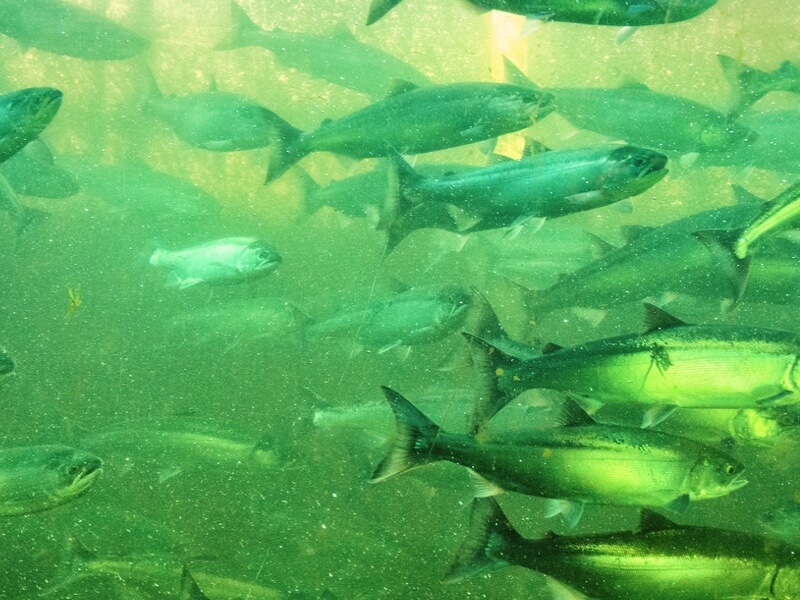
Overview
Salmon are an iconic species in the Pacific Northwest and a crucial part of the identity and vitality of the Puyallup Watershed. The Watershed, including the nearshore areas and Commencement Bay, has four species of salmon and is home to the last spring Chinook salmon run in the South Puget Sound region. Chinook, steelhead, and bull trout are listed as threatened under the Endangered Species Act.
Key Pressures and Risks
Salmon runs in the Puyallup Watershed are greatly reduced from their historic levels and are at high risk of continued decline.

Infrastructure
Water management infrastructure in the watershed, including dams, levees, tide gates, and shoreline armoring, cuts salmon off from critical habitat.
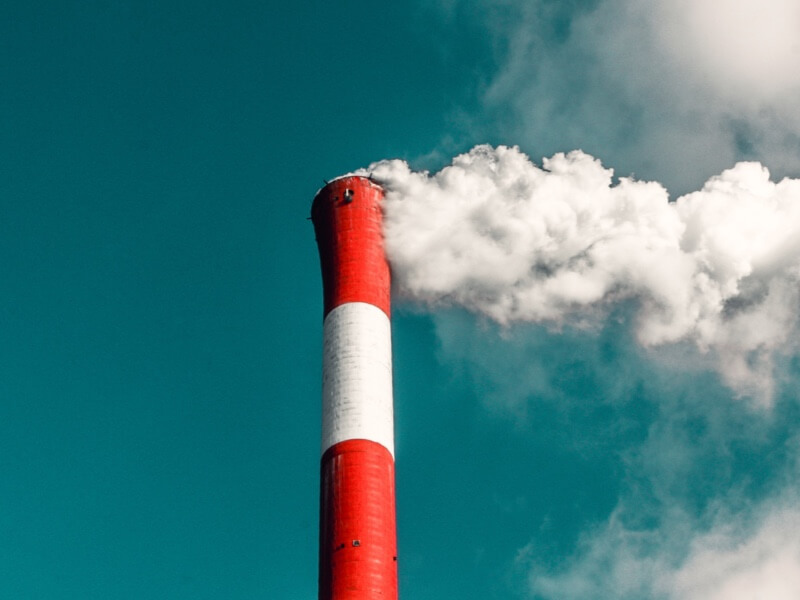
Water Quality and Quantity
Pollution from non-point sources, industrial areas, agriculture, and forestry degrade water quality and threaten salmon. Low flows in summer result in high water temperatures that can cause migration barriers and stress and can be lethal to adult and juvenile salmonids and some prey resources.
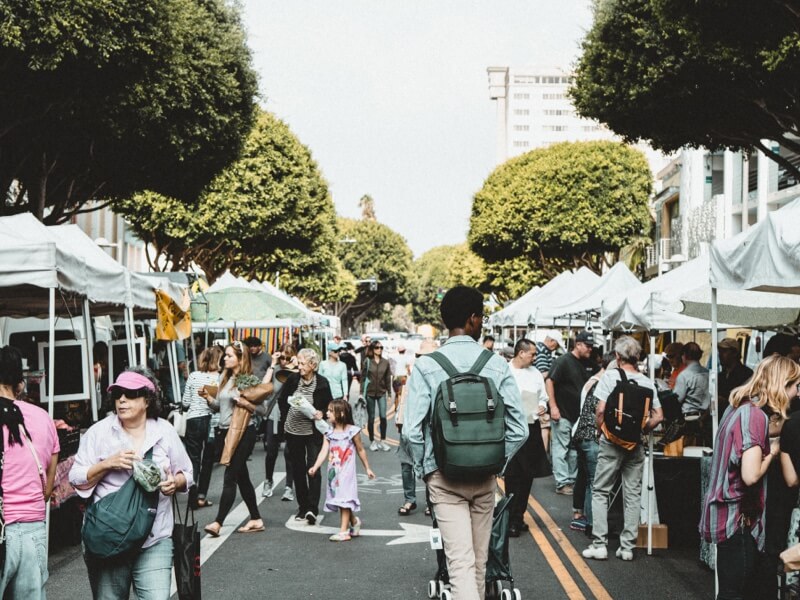
Population Growth and Land Use
The conversion of land from natural cover to commercial, industrial, and residential uses as population in the watershed has grown has eliminated salmon habitat and changes hydrology, further threatening salmon species.
Climate Change
The report Addressing Climate Change Impacts on Salmon in Puyallup and White River Basin identifies six climate change drivers that need to be addressed with restoration activities to protect salmon species:
- Changes in seasonal flows
- Increasing summer water temperatures
- Sediment supply and transport
- Stormwater runoff
- Sea level rise
- Ocean acidification
Salmon Goal
The overall goal for salmon is to achieve self-sustaining, harvestable salmon populations in the Puyallup-White Watershed and in Puget Sound. In the Puyallup-White, watershed-based efforts in support of this goal have focused on identification and protection or restoration of critical habitat for salmon.

Salmon Habitat Protection and Restoration Strategy
The Puyallup and Chambers Salmon Recovery Lead Entity is responsible for the Watershed-specific recovery planning and works with committees to allocate Salmon Recovery Funding Board, Puget Sound Restoration and Acquisition and King County Cooperative Watershed Management funds. The Salmon Habitat Protection and Restoration Strategy of the Puyallup and Chambers Watersheds describes the foundation for salmon recovery in the watershed, establishing salmon-recovery based goals for estuaries, floodplains, and riparian habitats.
Floodplains for the Future Shared Monitoring Program
The Floodplains for Future Shared Monitoring and Adaptive Management Program tracks a number of metrics related to salmon recovery in the Puyallup Watershed, including salmon abundance, acres of connected and natural floodplain, and number of salmon recovery projects completed.
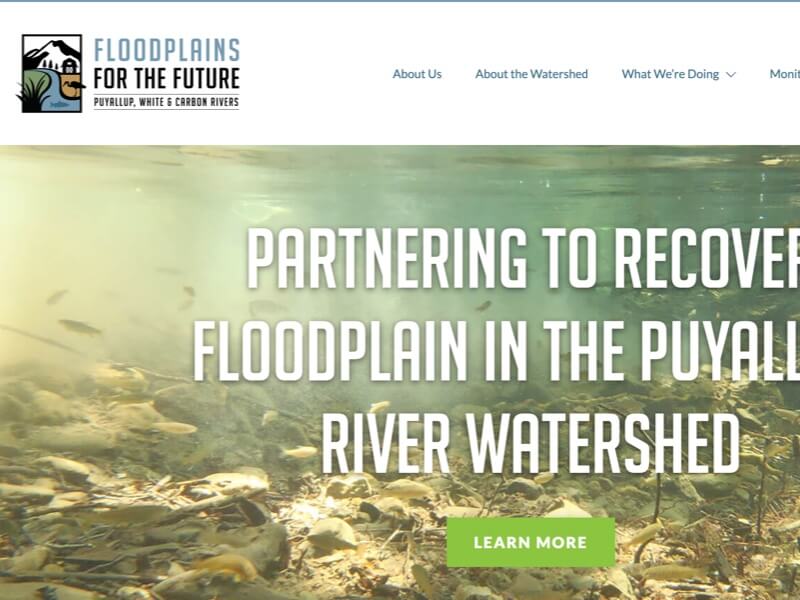
Lead Entity
The Salmon Recovery Lead Entity for the Puyallup and Chambers Watersheds coordinates local salmon recovery efforts and develops local priorities for salmon recovery projects.
State of Salmon in Watersheds Report
The Recreation and Conservation Office tracks salmon recovery related metrics for the Puget Sound.
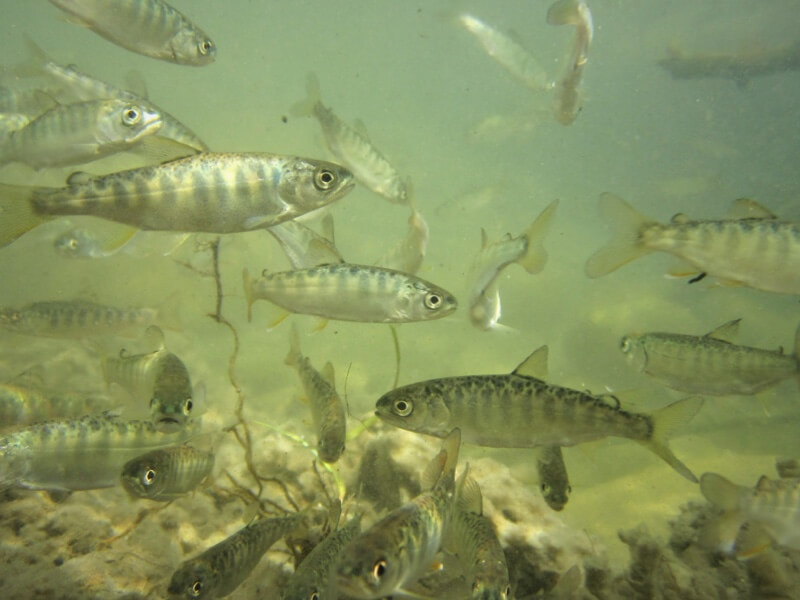
Equity
Salmon play a key role in the socio-ecological systems in Puget Sound, and many of the human wellbeing indicators tracked by the Puget Sound Partnership are tied to salmon, including locally harvestable foods, nature-based recreation, and sense of place. Increasing abundance and distribution of salmon will enhance the relationships and increase the ties that many people feel to this land.
Since time immemorial, local Tribes have utilized salmon in their diets and traditions. Protection and restoration of salmon is critical to honoring treaty rights. Increasing access to fishing and traditional practices will increase a sense of place for Tribal communities.
Climate Change Successes in the Watershed
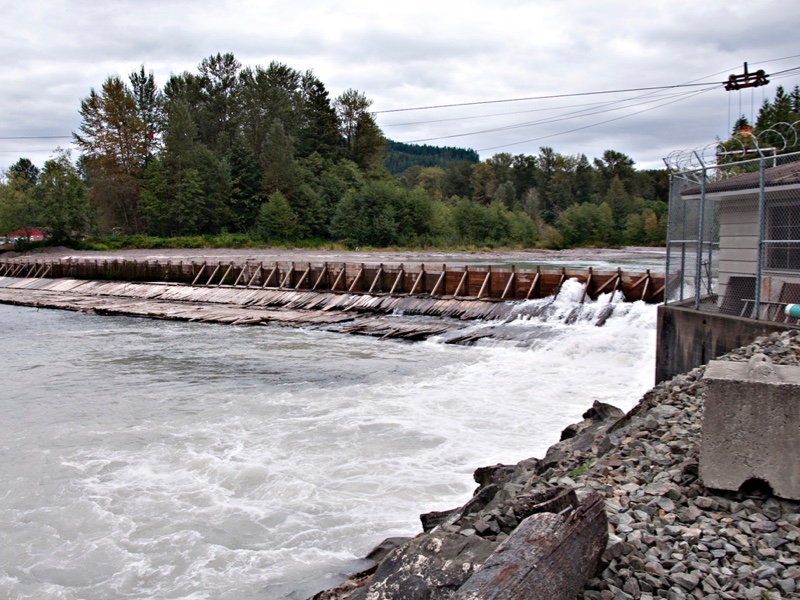
Mud Mountain Dam Fish Passage Facility
The new Mud Mountain Dam Fish Passage Facility was completed in December 2020. It is the nation’s largest trap-and-haul facility, transporting Endangered Species Act-list and other fish around the dam near Buckley, Washington.

Lower Wapato Creek
The Port of Tacoma and Puyallup Tribe are restoring habitat on Lower Wapato Creek. The project includes replacement of fish-barrier culverts and relocation of the creek into a meandering stream channel with associated wetlands.
South Prairie Creek Restoration
The South Prairie Creek Preserve Floodplain Restoration project was completed in 2020, and salmon have already been observed spawning and feeding around the new log jams installed as part of the project.
Priority Actions for Salmon
The PWR LIO prioritizes support of projects identified for funding by the WRIA 10 Lead Entity, focusing on property acquisition, levee setback projects, fish barrier removals, and other habitat enhancements. Some projects of special interest are listed below.
Monitoring and Adaptive Management
A Monitoring and Adaptive Management plan is being developed for the watershed to monitor progress in protecting and restoring salmon habitat.
Thermal Restoration Design
This design effort will produce plans to enhance fish access to thermal refuge (away from areas in the water that are too warm).
Upper Watershed Assessment
Complete an assessment of habitat needs in the upper portions of the watershed.